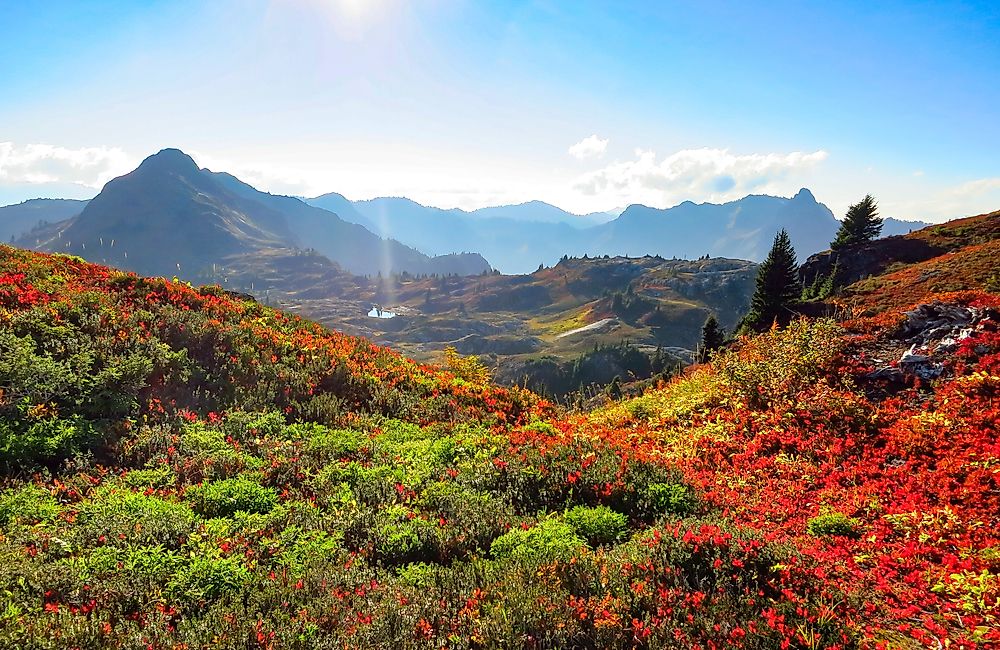

I suspect strongly she dug up accurate evidence pointing to Monte Rosa before choosing it. And she has a mountain climber attempting the highest mountain in her world, Monte Rosa in the French Alps (presently second highest Alpine peak). Thus the site of Paris is a swamp (as was geologically the case), the Armorican Massif (Brittany) is an island, volcanoes occur where they were geologically attested, the dry Mediterranean basin has the proper hypersaline lagoons and salt deserts in the proper places, etc. careful to keep her geography as factual as possible.
#Tallest mountains in the cascadea series#
I cannot prove the accuracy of the following, but Julian May, who set a four-novel series in the Pliocene (~5 mya), was, despite lading it with SF and Jungian tropes.

(Examples of such spots would include Hawai’i, Yellowstone, Mauritius.) This does not nail anything down, because at any particular moment of geologic time, the highest mountain might be a fold or fault excrescence upthrust higher than the present highest shield mountain (as is the case today, where Mauna Kea is twice as tall as Everest but only about 40% of its height.) But long-range it provides a useful guide to the likely ultimate answer. There are geological (as opposed to strict physical) reasons for presuming that the tallest mountain will be a shield volcano, as opposed to a fold or fault-block mountain, located over a particularly slow-moving mantle hot spot. Although younger upstart mountains like the Andes or the Cascades (which used to be much more Andes-like) could have had a few million years in the limelight before things really got going in the Himalayas. It could be that they were like ships in the night, with the Rockies eroding while the Himalayas rose and eventually took the high altitude crown. That meant that at least at some points, when they were actively uplifting the Rockies would have been higher than a simply oceanic-continental mountain belt like the Cascades or Andes.Īctive mountain building ended in the Rockies right about at the same time as India was just starting to collide with Asia. In the case of the Rockies, the plate that was subducting under the western edge of North America was mostly oceanic, but there were a series of Japan or Philippines-sized island arcs that were pushed into the western edge of North America.
#Tallest mountains in the cascadea driver#
Since the pull of subducting slabs of oceanic crust is the main driver of continental drift, it’s unusual to have a configuration of plates that allows for a sustained continent-continent collision. To get really high topography, you need continent-continent collision.

The Rockies at various points would have given the Himalayas a run for their money.


 0 kommentar(er)
0 kommentar(er)
